Leslie Cornell Building Restoration Ltd have the pleasure of undertaking restoration works on many wonderful Historic Building in Cornwall, but did you know that many aspects of the services we offer were subject to a number of different taxes throughout the years.

Some of these Historic Taxes were:
Hearth Tax (1662 to 1689)
In England, Hearth Tax (also known as hearth money, chimney tax or chimney money) was a Parliament imposed tax. In 1660 the Monarchy was restored and Parliament calculated that the Royal Household required an annual income of £1,200.00. The Hearth Tax was introduced in 1662 as a supplemental tax to make up the shortfall of annual income to support the Royal Household of King Charles II.
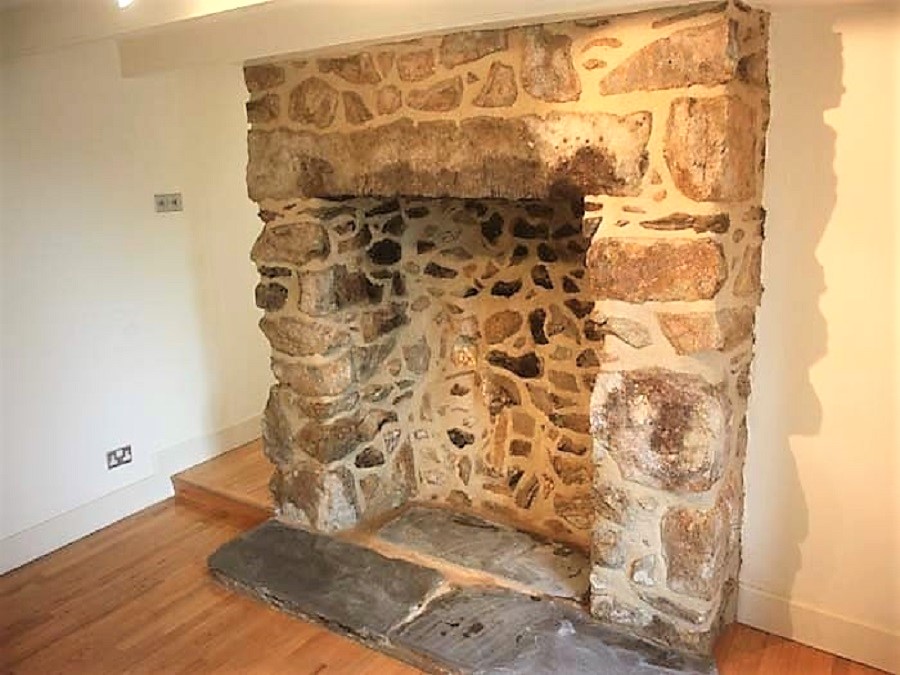
Rather than introducing a tax based on the number of people who lived at a property, it was thought to be easier to establish the number of hearths in a property as they formed a more stationery subject than people for taxation purposes. One shilling was payable for every fire hearth or stove in all dwellings, houses, edifices or lodgings, and was payable at Michaelmas (29th September) and on Lady Day (25th march). This equated to two shillings per year.
Window Tax (1696 to 1851)
Window Tax was introduced as a property tax and was based on the amount of windows in a house. Due to the controversy surrounding the then idea of Income Tax, Window Tax was imposed and was relative to the wealth of the tax payer.
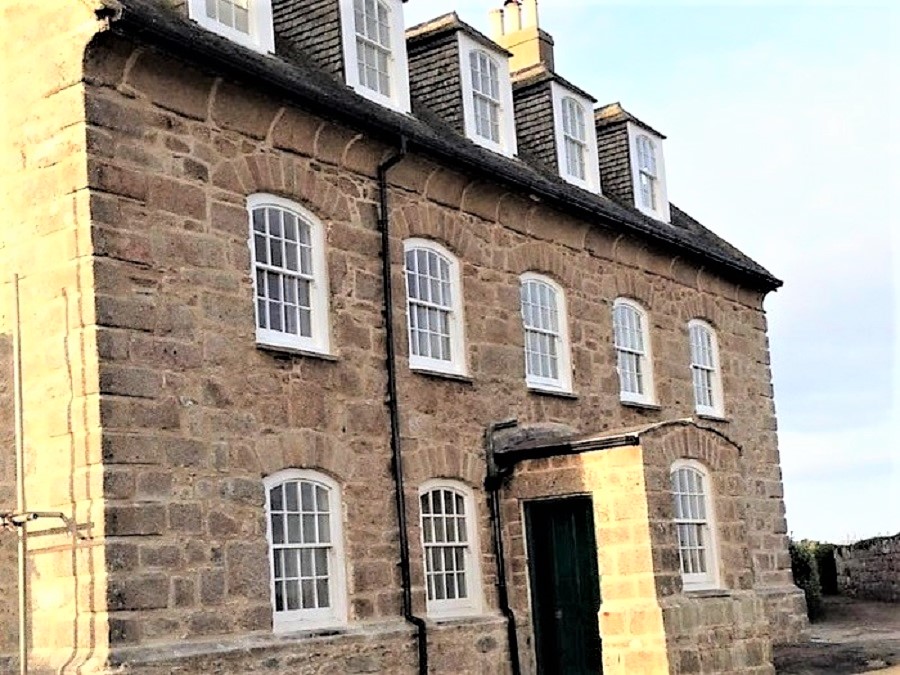
Window Tax consisted of two parts:
- Part 1 – A flat rate house tax totalling 2 shillings
- Part 2 – A variable tax based on the number of windows, above ten, in the house. Houses with 10 to 20 windows were charged an extra 4 shillings and houses with more than twenty windows were charged an extra eight shillings
From 1709 to 1851 these rates were altered several times. To avoid paying Window Tax, some houses during this period, bricked up the window openings and examples of this can still be seen today.
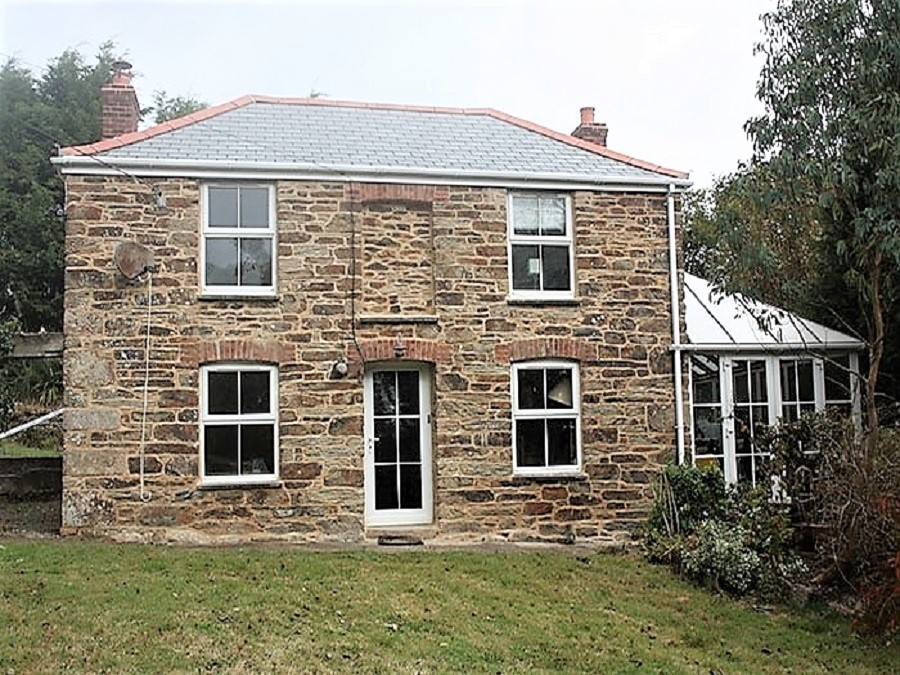
Wallpaper Tax (1712-1836)
During this period, Wallpaper Tax was imposed on anyone who hung patterned, printed or painted wallpaper. At the beginning of this new tax it was charged at 1d per square yard, and by 1809 this rose to 1 shilling.
Glass Tax (1746-1845)
During the reign of King George II a new tax known as Glass Tax was introduced. Originally, the raw materials used in glass making was taxed, so the manufacturers started producing smaller and more highly decorative objects. After many campaigns against the introduction of this tax, it was changed in 1811 to incorporate all products made from glass and decorative glass objects and large windows became the symbol of wealth during this time. As this tax imposed a heavy financial burden on the not so wealthy, it became one of the principal causes of the unhealthiness of cities due to the deficiency of light and ventilation in town habitations.
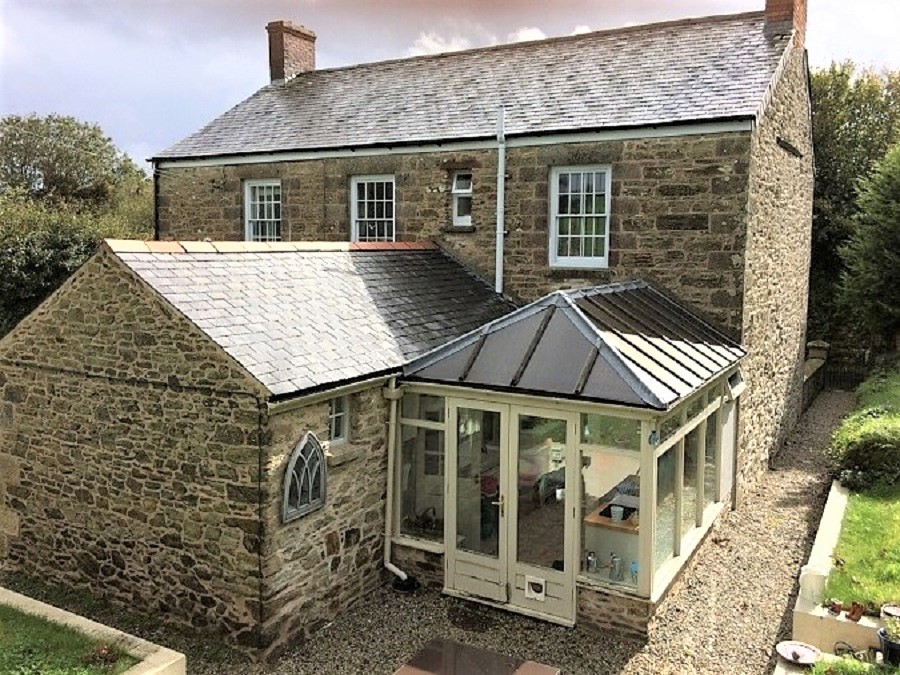
Brick Tax (1784-1850)
The Government introduced Brick Tax to help pay for the wars in the American Colonies. Initially, bricks were taxed at 4 shillings per thousand. To alleviate the burden of this tax, manufacturers began to produce bricks of a bigger size (up to a size of 280mm x 125mm x 80mm). Realising what the brick manufacturers were doing, the Government introduced a maximum brick size, that being 2500 cubic centimetres. The rate of Brick Tax increased during this period and ended up at 5 shillings 10d per thousand bricks.
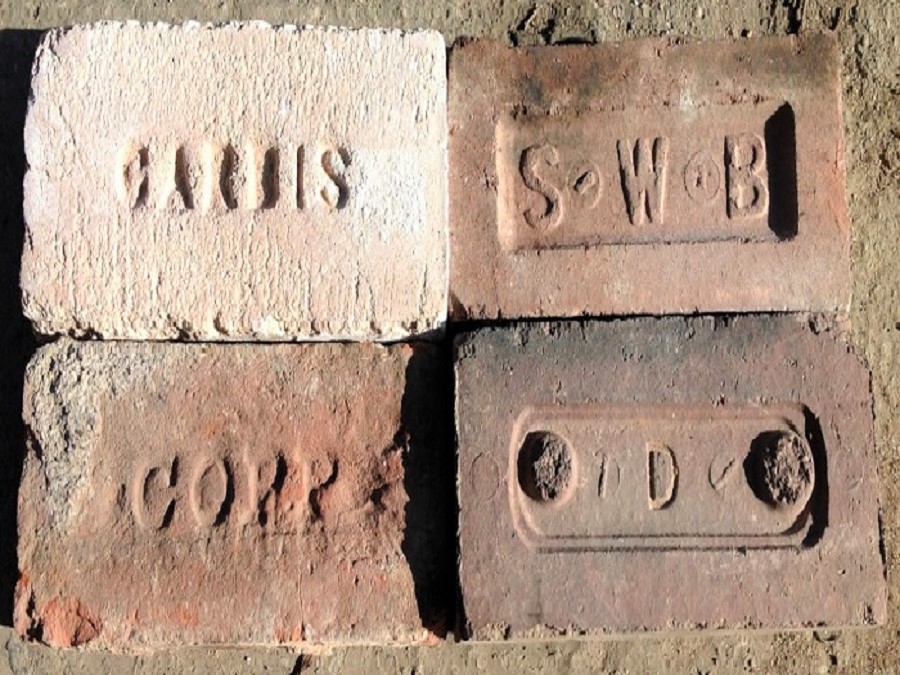
It is believed that all bricks in Cornwall were imported, as they were used as ship ballasts and off-loaded at Cornish ports and harbours in readiness for the cargos. These off-loaded bricks, also known as imported bricks, were then used for local constructions. During this period, builders were mindful of the brick tax and used to hide them with coverings of earth and/or Lime plasters before the local Office of Excise paid a visit.

If you have an Historic Building Restoration in Cornwall project that you would like to discuss, please contact us.
Historic Building Restoration Cornwall – Historic Building Specialists Cornwall – Historic Building Services Cornwall - Cob & Lime Specialists Cornwall
